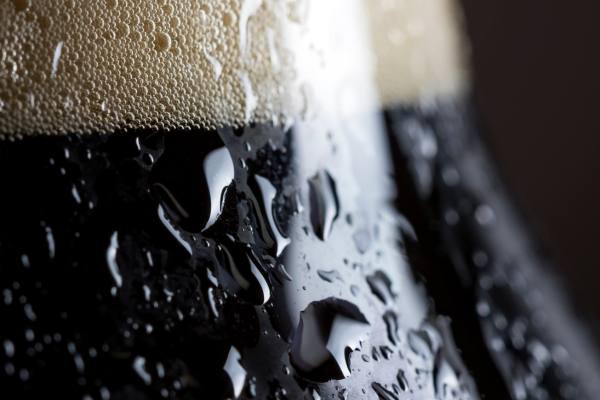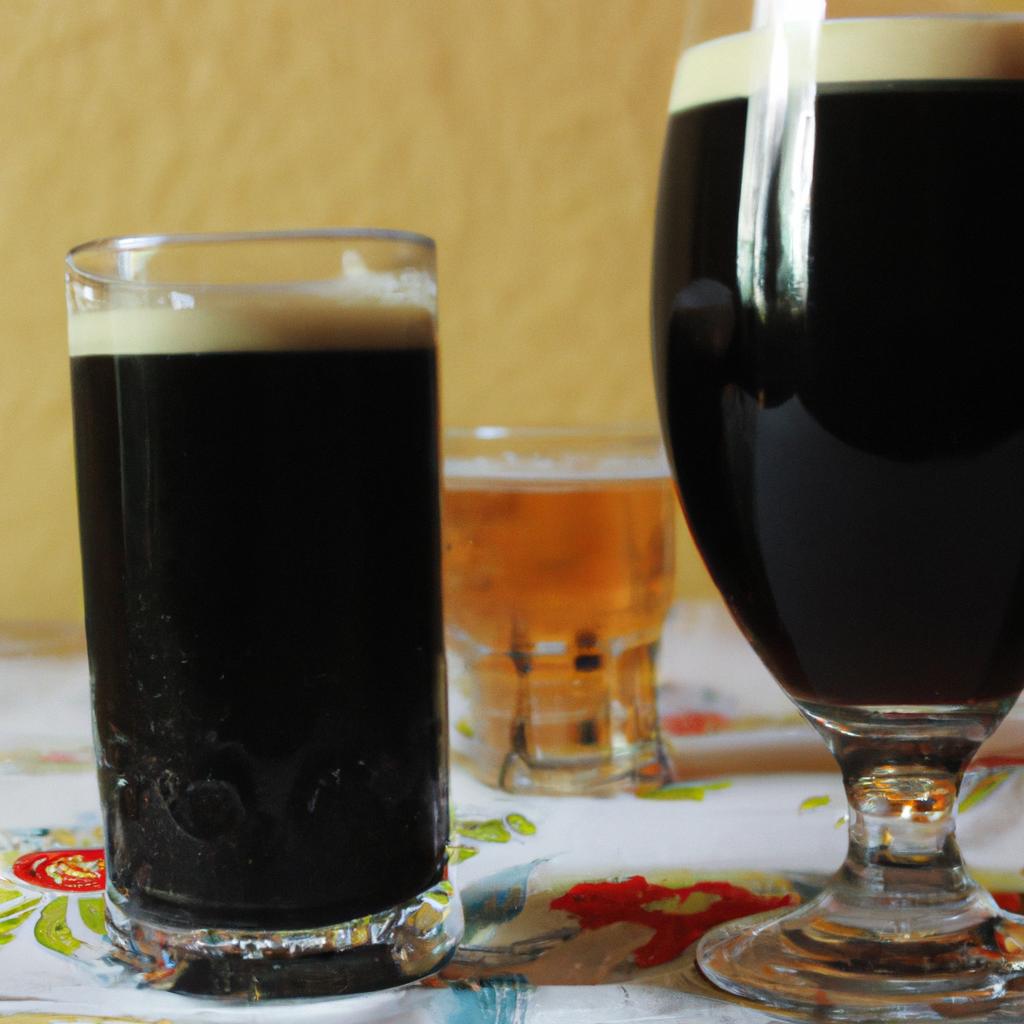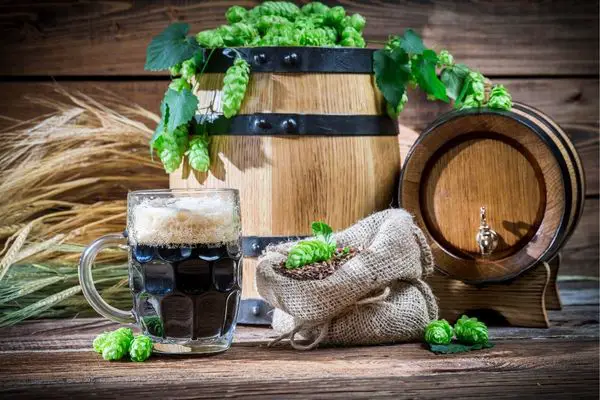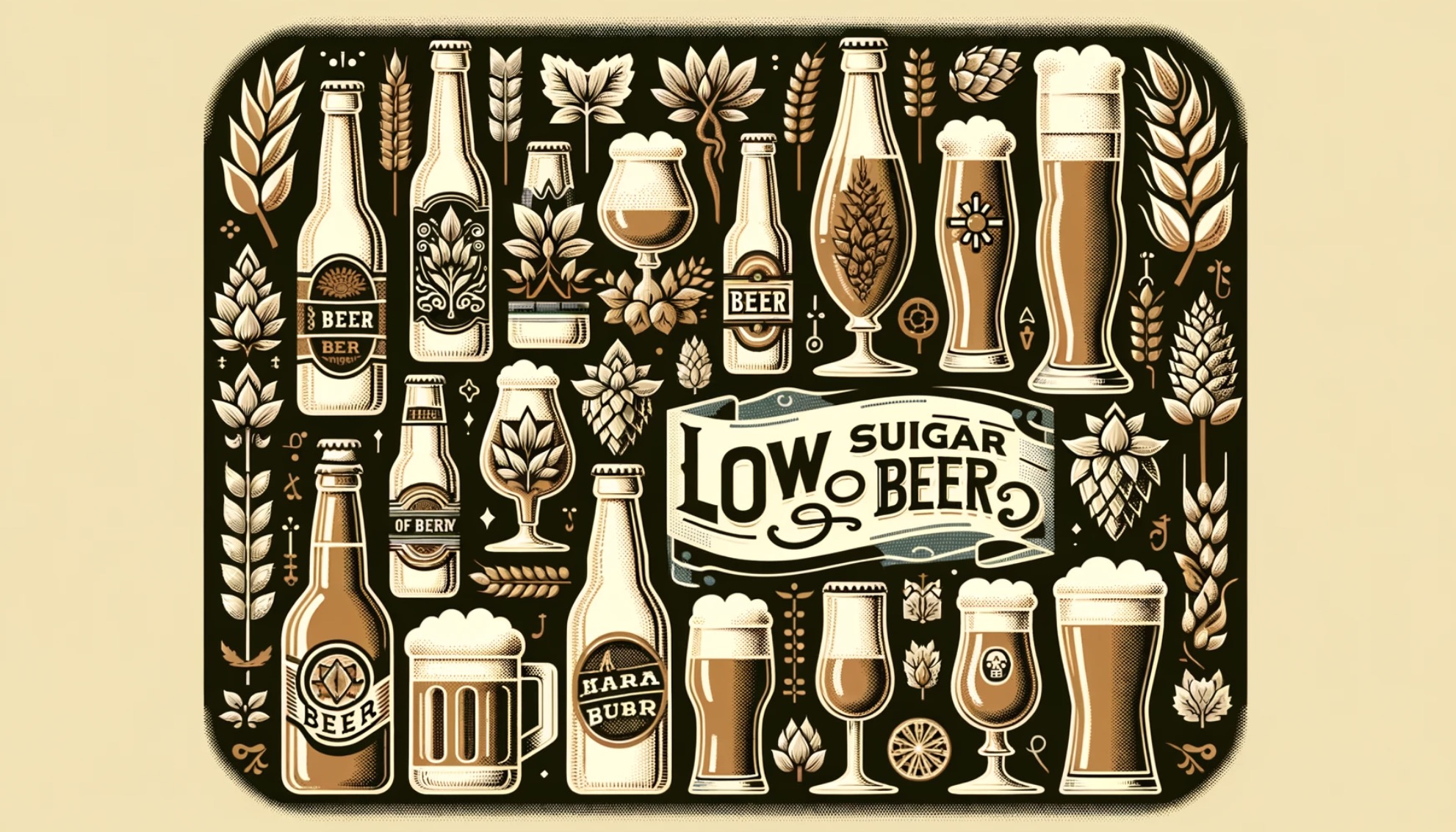In recent years, the craft brewing industry has seen a rapid rise in popularity, and with it, the appreciation for various beer styles has grown significantly.
Among the styles making their way back into the spotlight is the rich, dark, and oh-so-satisfying stout.
But with many health-conscious drinkers looking for the best options for their waistlines and overall well-being, a question often arises:Is stout healthier than beer?
The concise answer is that stouts can be healthier than some other types of beers, but it ultimately depends on the specific brew and the individual drinking it.
Before we dive into the details, it’s essential to understand the differences between stouts and other beer styles, as well as the brewing process behind them. This will provide a better context for evaluating the health benefits of each.
Are Stouts Healthier Than Other Beers?
When considering whether stouts are healthier than other beers, several factors come into play.

Here’s a breakdown of some health aspects to consider when choosing between a stout and another beer style:
1.Calorie content: Stouts can be higher in calories due to their higher alcohol content and residual sugars. However, this is not always the case, as some lower-alcohol stouts may have fewer calories than a high-alcohol IPA or other strong beers. It’s essential to check the specific calorie content of the beer you’re drinking to make an informed decision.
2.Nutritional value: Stouts, particularly those made with dark, roasted grains, can be a source of antioxidants, which help protect cells from damage caused by free radicals. They may also contain higher levels of B vitamins and minerals like magnesium, phosphorus, and potassium compared to lighter beers. However, it’s important to remember that beer should not be considered a primary source of nutrition.
3.Digestive benefits: Some studies suggest that stouts and other dark beers may have a positive effect on digestion due to their higher concentration of soluble fiber. This can help promote regularity and overall gut health, but it’s still essential to consume a balanced diet with a variety of fiber sources.
4.Satiety: The full-bodied mouthfeel and rich flavors of stouts can make them more satisfying to drink, which may result in consuming less overall. However, it’s essential to be mindful of your alcohol intake and not overindulge.
In conclusion, stouts can be a healthier option than some other types of beers, but it ultimately depends on the specific brew and the individual drinking it. It’s essential to consume alcohol in moderation and prioritize a balanced diet and regular exercise to maintain overall health.
Stout vs. Other Beer Styles: What Sets Them Apart?
While stouts are a type of beer, they have distinct characteristics that set them apart from other styles. Here are some key differences between stouts and other beers:
1. Color and appearance: Stouts are known for their dark, opaque appearance, which can range from deep brown to almost black. This is due to the use of roasted malt or barley during the brewing process, which imparts the dark hue and rich flavors.

2. Flavor profile: Stouts tend to have a more robust, full-bodied flavor compared to lighter beers, with notes of chocolate, coffee, and roasted malt. This comes from the use of darker, roasted grains that contribute to the beer’s overall taste and aroma.
3. Alcohol content: While stouts can vary in alcohol content, they are typically on the higher end of the spectrum, with many ranging from 6-10% ABV (alcohol by volume). This is because stouts often use a higher proportion of malt, which contributes to a higher alcohol content during fermentation.

4. Mouthfeel and texture: Due to the use of roasted grains and a higher alcohol content, stouts often have a thicker, creamier mouthfeel compared to lighter beers. This can make them feel more substantial and satisfying when consumed.
The Brewing Process: How Stouts Are Made
To understand the potential health benefits of stouts, it’s essential to know the basics of the brewing process. Brewing stout involves four primary steps:
1. Mashing: This is where the grains (usually a combination of malted barley and other specialty grains) are soaked in hot water to extract the sugars. The darker, roasted grains used in stouts contribute to their signature color and flavor.

2. Boiling: The extracted liquid, called wort, is boiled with hops to add bitterness and balance the sweetness of the malt. Stouts typically use less hops than other beer styles, which can result in a smoother, less bitter taste.
3. Fermentation: Yeast is added to the cooled wort, converting the sugars into alcohol and carbon dioxide. The type of yeast used can also affect the flavor and body of the stout.
4. Conditioning: The beer is allowed to age and mature, developing its flavors and carbonation. Stouts often benefit from longer aging periods, which can help to smooth out their flavors and create a more complex taste profile.
Now that we have a better understanding of what sets stouts apart and their brewing process let’s explore the potential health benefits of stouts compared to other beers.
10 Fascinating Stout Facts
1. The Stout style originated in England in the 18th century.
2. The term “stout” initially referred to a strong, high-alcohol beer, regardless of color.
3. Guinness, the world’s most famous stout, was first brewed in 1759.
4. Oyster stouts, made with real oysters, were once popular in England.
5. Imperial stouts were originally brewed for the Russian Imperial Court.
6. Milk stouts, which contain lactose, were once prescribed as a nutritional supplement for nursing mothers.
7. Nitrogen is often added to stouts to create a creamy, smooth texture.
8. Stouts can be aged in whiskey or bourbon barrels for added flavor and complexity.
9. Some stouts are brewed with coffee or chocolate to enhance their natural flavors.
10. The highest-rated stout in the world, according to RateBeer, is Toppling Goliath’s Kentucky Brunch Brand Stout.
FAQs
What type of beer is healthiest?
There is no one type of beer that is inherently healthier than others, as the nutritional content and health benefits can vary greatly depending on the specific beer and its ingredients. However, generally speaking, beers with lower alcohol content and fewer added sugars and calories may be considered healthier options.
Is stout a healthier beer?
No, stout is not necessarily a healthier beer. While it may have a lower calorie count and higher nutrient content compared to some other beers, it still contains alcohol which can have negative health effects if consumed in excess. Moderation is key when it comes to alcohol consumption.
What is the best beer to drink on a diet?
Light beers or low-calorie beers are generally the best options to drink on a diet. Examples include Michelob Ultra, Budweiser Select 55, and Miller Lite. These beers typically have fewer calories and carbohydrates than regular beers. However, it’s important to remember that even light beers still contain calories and should be consumed in moderation as part of a balanced diet.
Is any beer healthy for you?
No, not all beers are healthy for you. Some beers can be high in calories, sugar, and alcohol content, which can have negative effects on your health if consumed in excess. However, some beers that are lower in alcohol content and made with healthier ingredients, such as fruits or whole grains, can have some health benefits when consumed in moderation.
Which beer is lowest in calories?
Light beers such as Bud Light, Miller Lite, and Coors Light are typically the lowest in calories, with around 100 calories per 12-ounce serving.
Is it OK to drink a beer everyday?
According to health experts, drinking a beer every day may increase the risk of developing health problems such as liver disease, high blood pressure, and certain types of cancer. It is recommended to consume alcohol in moderation, which means up to one drink per day for women and up to two drinks per day for men.




